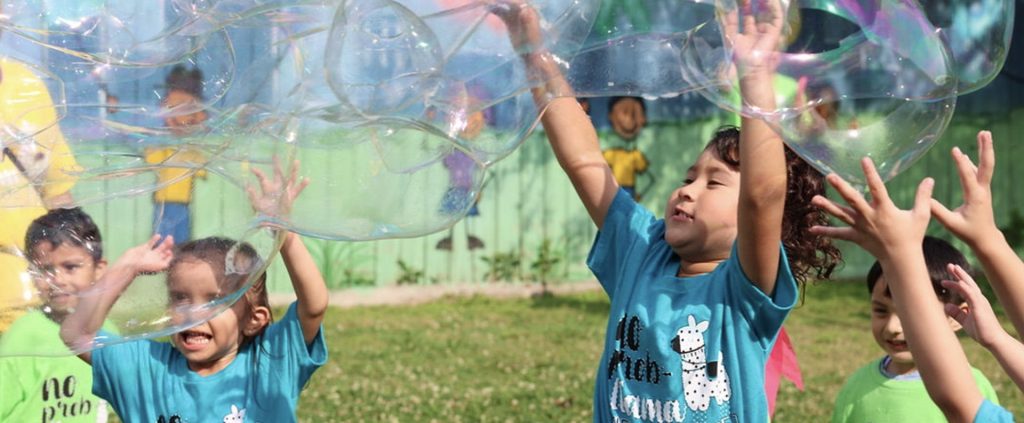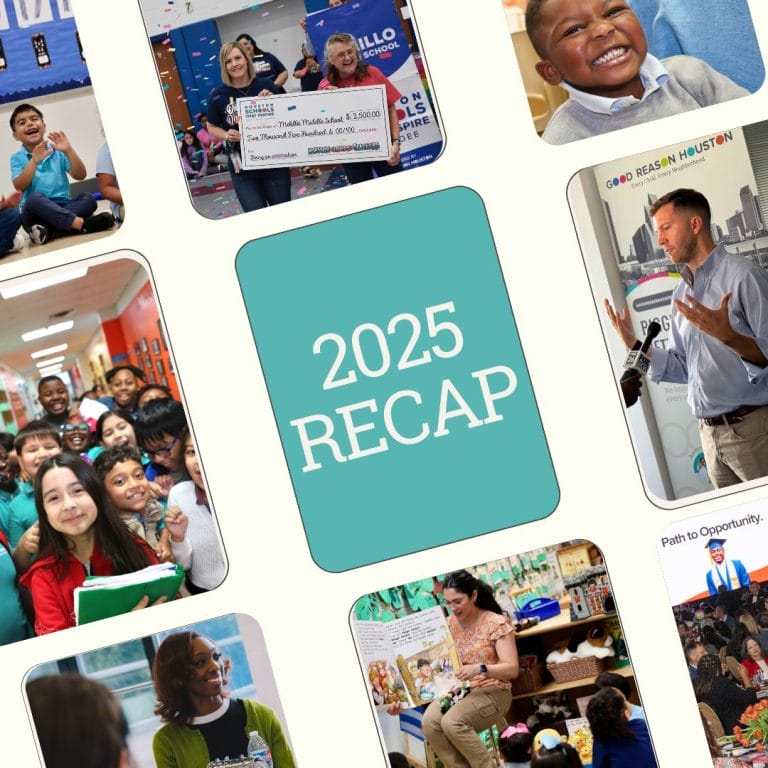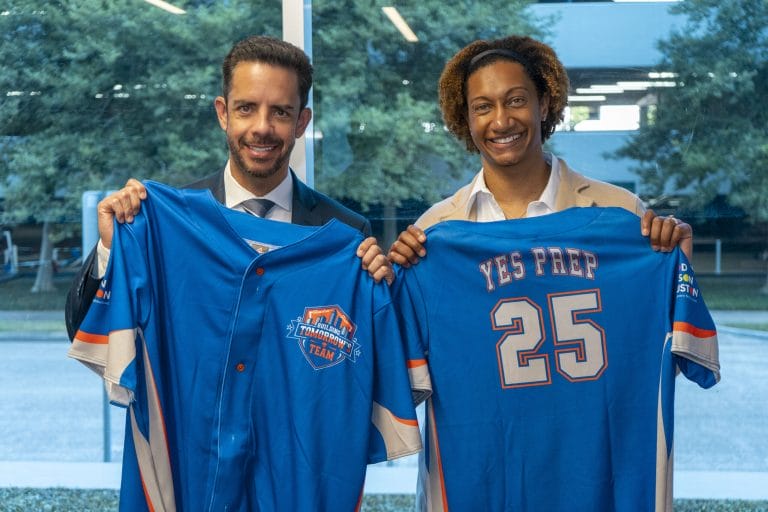By Jamaur Barnes
Manager, Community Outreach
“There are lessons in everything. The bad, the good. Our job is to listen, and to continue to learn, so that we get better.”
– Laverne Cox, Actress and Trans Activist
Black. Male. Educated. C.E.O. Alpha. HBCU Graduate. Funny. Witty. Intelligent. He. Him. Stanley and Debra’s Son. I have been called many things, held an array of titles, but the one that seems to stick and continue to teach me the most about myself is: Gay!
As an educator of more than 11 years, every year, I would open my classroom doors and return to the slick hallways, the tall, steel doors, and fresh white boards of public schools, with the same promises in my heart: to make an impact on children like myself; be a better hope to children than I was the year before; be a representation for those who needed to see me; be an advocate and facilitator of difficult conversations!
Growing up in a hyper-blended family, I was caught somewhere in the shuffle of a myriad of children: somewhere in the middle, somewhere in the mix, somewhat belonging, but also sticking out—which innately, is how I lived my life! Growing up, conversations about representation were not the focus in my homes. We were households of education, survival, and promise.
As family models and dynamics shift, so do conversations and language. Here are a few tips for parents who have children that identify as LGBTQ2+, tools to help you help your children navigate the middle passage of arriving to their identities:
Understand the Language
Many do not know that the acronym “LGBTQ2+” stands for: Lesbian, Gay, Bisexual, Transgender, Queer, Questioning, and most recently, Two Spirit. 83% of LGBTQ2+ people feel the need to hide their orientation (globalhumanrights.org), and a lot of that hiding stems from their feeling that they will not be understood or recognized. Learning what your child chooses to identify as and helping them to have language around it, is a great start to helping them to feel seen. Also, educating yourself in the language is a great start for you to truly see them; while in turn, helping them to understand their own language helps them to self-identify. Learning your child’s pronouns (he, she, them, they, etc.) will also help them to feel recognized and welcomed!
Affirm Your Child
Giving children five pieces of praise every day can improve their well-being and behavior (Time Magazine, 2017). Can you imagine how many children are not hearing kind words daily, let alone LGBTQ2+ children? Even if you are unsure of how to handle or address your child’s preferred orientation, kind words will never fail you or them! The Partnership to End Addiction says, “Family support and acceptance means actively affirming a child’s identity to build their self-worth and self-esteem. This can be something as simple as telling your child that you love and support them no matter how they identify.”
Protect Your Child’s Space
Be mindful of who you allow your children to interact with, the conversations you have, or allow to be had around your children. Music, media, conversations, suggestive hints–can all make your child feel very lonely, invisible, and unwanted. Two-thirds of LGBTQ2+ youth say they’ve heard family members make negative comments about people like them; and nearly half – 48 percent – of those who are out to their families say they’ve been made to feel badly about their orientation or gender identity (U.S. News, 2017). Additionally, LGBTQ2+ youth are 120% more likely to experience homelessness; while it is estimated that 7% of youth in the United States are LGBTQ2+, 40% of that population are homeless.
With mental and physical health being important to manage, protecting your child’s safe space is a priority—knowing they not only have a safe mental home, but a safe physical home can do more than you think!
Love Your Child
Wouldn’t it be amazing if for every time we heard the phrase, “Kids don’t come with a manual,” we also heard, “…neither do parents!”? Asking your child what they need can be better than asking a friend, reading a book, or relying on our dear friend, Google! We are all navigating something; we are all climbing some sort of fence. If your child knows that no matter how tall the fence, how wide the chasm, how deep the water, there will always be a parent waiting to push them up, pull them out, or throw them a life raft—life becomes a lot more bearable. Also, don’t forget to give yourself grace and save some of that love you’re giving out for yourself, this is a journey for you as well!




